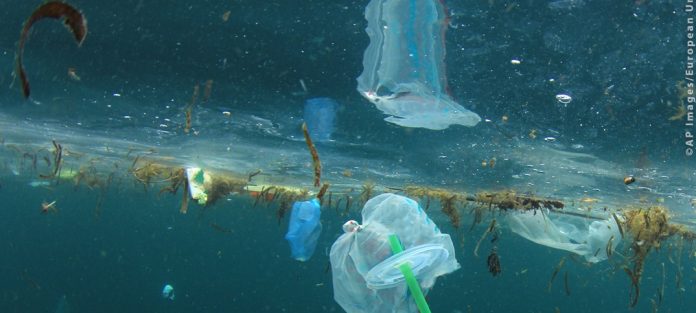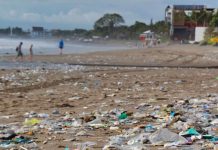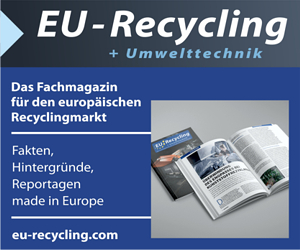New report by EA Earth Action reveals staggering scale of plastic additives leaking into the environment each year. More than 30 per cent of all additives leaking into oceans are used in packaging, textiles and tyres. EA Earth action call for more transparency on the composition and location of the additives to improve recycling and global circularity.
New research has revealed one million tonnes of plastic additives leak into our oceans each year. The report from EA Earth Action highlights that 116 kilotonnes come from plastic packaging alone. Published today, adding it up, studied the scale of pollution caused by these chemicals within plastic each year. Without significant changes in production and waste management, Earth Action says that leakage of plastic additives into oceans and waterways is expected to increase over 50 per cent by 2040. The vast majority of additives – the chemicals added during the manufacturing process to plastic – are untested, unregulated and have been linked to a range of health concerns including obesity, fertility issues and cancer [1]. Earth Action found everyday items such as textiles and vehicle tyres contribute to the leakage in the ocean around 37 and 35 kilotonnes respectively.
Publishing the research ahead of INC-3, the third session of the UN Global Plastic Treaty Negotiations to develop an international legally binding treaty on plastic pollution, EA Earth Action is calling for increased transparency on the composition of products, as well as the scaling of effective waste management practices globally. EA Earth Action’s recommendations for policy makers include selecting materials that are easily reusable or recyclable to reduce waste and to support a more sustainable and circular economy, whilst incentivising chemistry that utilise clean additives.
The organisation has also called for further research into how and when additives are released into the environment and human bodies. This would enable Government to develop effective prevention strategies. In 2022, EA published a report on the contribution of paint to microplastic leakage in the environment, “Plastic Paints the Environment” [2]. A first of its kind assessment of one of the main microplastic sources across the globe.
“We now must see action”
Julien Boucher, Founder of EA Earth Action said: “The findings of our report underscore the urgency of adopting a comprehensive approach to confront the challenge of plastic pollution and combat additive leakage effectively. The widespread inclusion of potentially harmful additives in plastics combined with substantial amounts of mismanaged plastic waste worldwide have created the toxic threat we face today. Addressing the problem with additives must be on a key talking point at INC-3 if we are to protect the eco-system and human health from its detrimental effects. Further research into these chemical compounds is critical to addressing the threats from the whole spectrum of plastic pollution.”
Maria Westerbos, Founder, Plastic Soup Foundation and co-founder of the Plastic Health Council said: “The results of EA Earth Action’s adding it up report are a sobering reminder of how additives toxify both our planet and our bodies. We should never forget that all these chemicals are added to plastics and in that way are released in the entire ecosystem, including our own bodies. We now must see action. It is imperative that coordinated international cooperation between both the private sector and policymakers addresses additive leakage to preserve human health for the next generation.”
Sian Sutherland, co-founder, A Plastic Planet & Plastic Health Council: “The omnipresence of plastic in our lives today belies its danger. Plastic is not on the periodic table, like cobalt or copper. It is a mixture of chemicals, many of them toxic to human health. In only a few decades we have infected every inch of our planet with such chemicals, leaching into our environment at escalating levels. The danger to next generations is clear and strong policy is urgently needed. But for policy to change, we need clarity on the extent of the crisis. This EA report exposes current practice and calls for safer chemistry. It is possible. But only if we demand it.”
Full report can be viewed here.
Source: EA Earth Action





